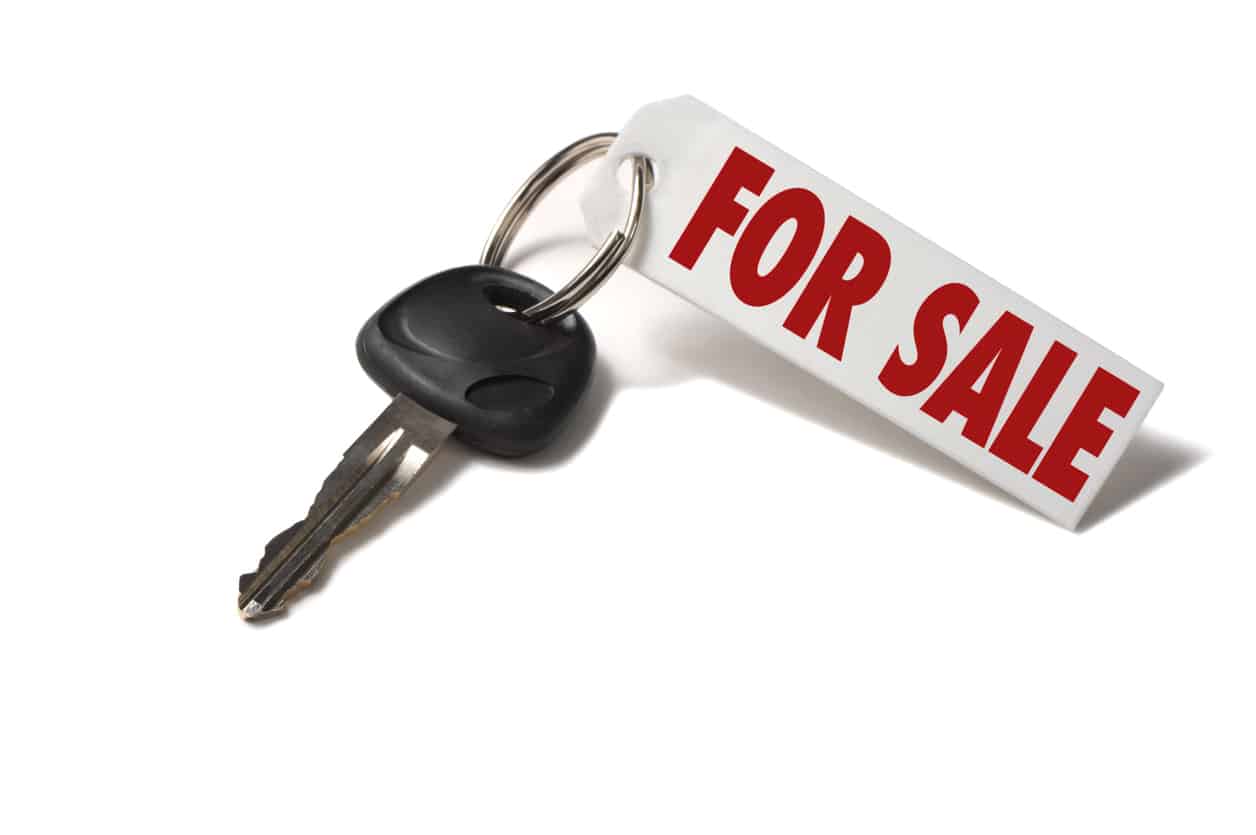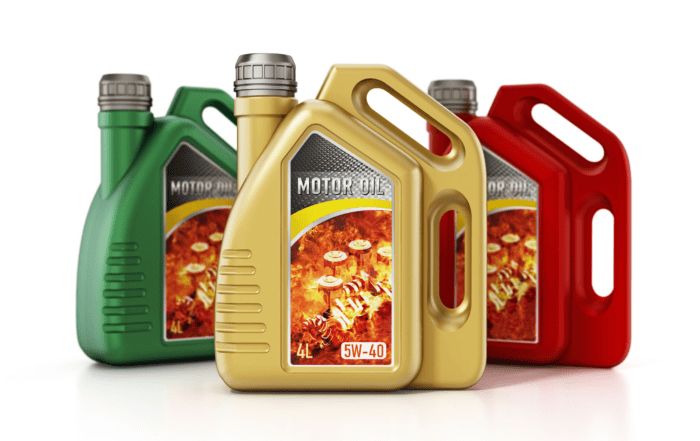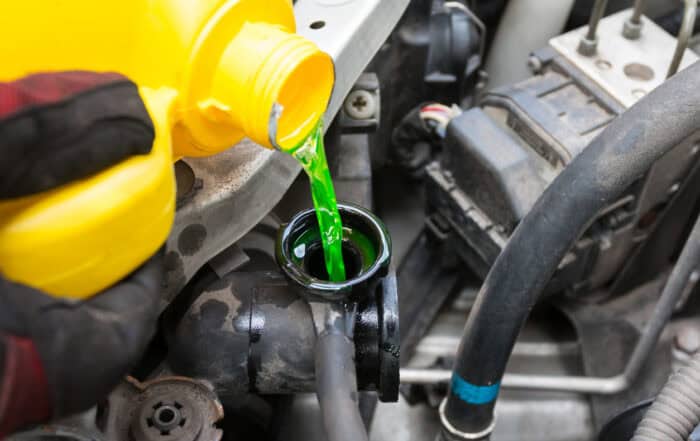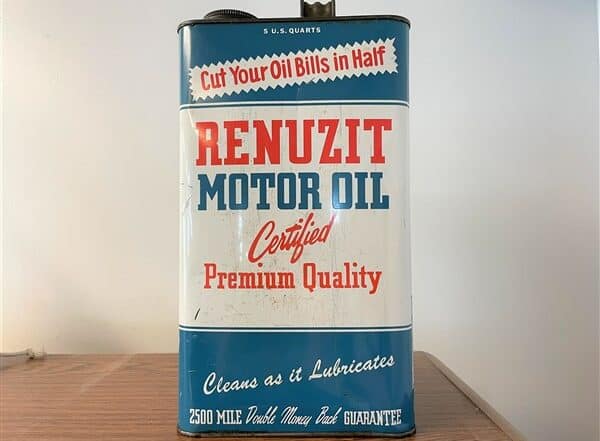Pre-Buy Samples: The Art of the (Craigslist) Deal
Take an oil sample before you buy!

Taking a sample before buying a new plane or boat is common practice in the aviation and marine industries, and it’s just as useful for anyone looking for their next car, truck, or motorcycle. If you’re anything like us, you probably spend an unhealthy amount of time browsing the local classifieds and Craigslist hunting for the elusive bargain. And although oil analysis can’t stop you from making a wire transfer to your new foreign royalty business associate, it can help you avoid buying a total lemon, and maybe even calm your nerves on the initial drive home.
Pulling a sample before plunking down the dough is a good move. We’ll test the oil for excessive amounts of metal, contamination, and solids. We compare your results to our database of samples from similar makes/models, giving you a good look at how internal parts are getting along, and if there are any looming problems driving the current owner to sell you their beloved ride. We’re familiar with common problems for certain engine models and years, and we know how different issues look in analysis.
It can be tricky to gauge whether excess metals are from poor wear or from how the engine has been used, especially if you don’t know how long the oil has been run. But even if the oil was recently changed, we can still often see evidence of serious problems. Maybe coolant has just started getting into the oil, but there’s not yet enough to give the oil that telltale milkshake appearance. It takes a pretty bad internal coolant leak to cause a visual change to the oil, but it doesn’t take much coolant to show up in analysis.
You’ll also learn the oil’s viscosity range, which can show if the current owner was using the correct grade. Analysis will also pick up on things like dirt from an intake leak or excess fuel from an injector issue. We always point out any potential problems in the report comments, and try to provide possible reasons for abnormal findings in the comments to help you make sense of the results.
Sampling
Most private owners and dealerships will allow you to collect a sample, at least with a bit of persuasion. The current owner has a vested interest in the health of their vehicle, and offering a copy of a report might help even if you don’t go through with the purchase.
We sell a vacuum https://www.blackstone-labs.com/products/vacuum-pump/pump so you can take a sample through the dipstick right then and there, while you’re looking at the vehicle. Samples can also be taken by loosening the oil filter or drain plug enough for some oil to drain out — just be sure to clean the area around the sample collection point if you go this route. If a seller refuses to let you collect a sample without good reason, that alone might be the red flag that sends you running.
Getting results in a hurry
We know you’re working on a tight schedule to make the deal happen, so if you don’t have a kit on hand when you go to look at your new ride, don’t fret. You can send the oil in any clean, plastic container with a screw-on lid. Just be sure to collect enough oil for testing (about 100 mL or 3 ounces, which is a little less than half a cup), and package the sample appropriately so it doesn’t leak in transit. The same information slips included in the kits can be found on our website. We appreciate all the info we can get about a sample, as it helps make sense of the results so we can provide the best possible report in return.
Buying a used vehicle can be an adventure, and we’re here to help you make the most informed decision possible!
Related articles
Do I Need to Worry?
Bad results aren't always a problem!
Better Mileage with Synthetic?
We experiment to see if brand makes a difference
Antifreeze: The Silent Killer
How exactly does antifreeze hurt engines?
The eBay Oils (Part 3)
Part 3 in our series on old oil additive packages









